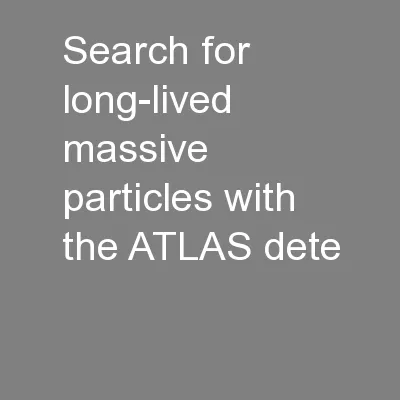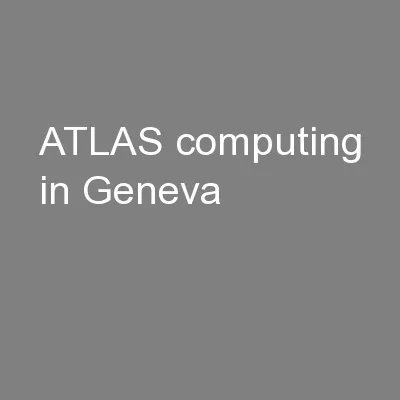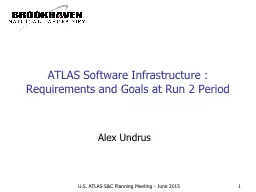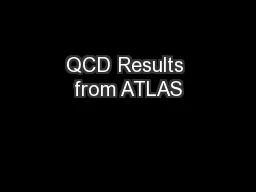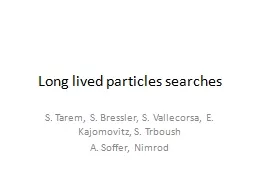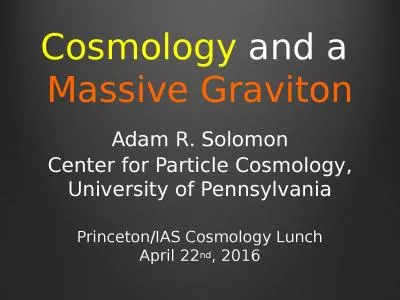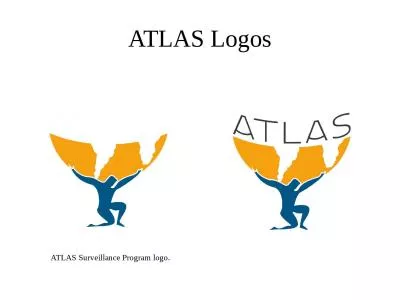PPT-Search for long-lived massive particles with the ATLAS dete
Author : pamella-moone | Published Date : 2016-05-24
Nick Barlow University of Cambridge on behalf of the ATLAS collaboration Contents Motivation for searching for longlived particles Very quick look at a couple of
Presentation Embed Code
Download Presentation
Download Presentation The PPT/PDF document "Search for long-lived massive particles ..." is the property of its rightful owner. Permission is granted to download and print the materials on this website for personal, non-commercial use only, and to display it on your personal computer provided you do not modify the materials and that you retain all copyright notices contained in the materials. By downloading content from our website, you accept the terms of this agreement.
Search for long-lived massive particles with the ATLAS dete: Transcript
Download Rules Of Document
"Search for long-lived massive particles with the ATLAS dete"The content belongs to its owner. You may download and print it for personal use, without modification, and keep all copyright notices. By downloading, you agree to these terms.
Related Documents

